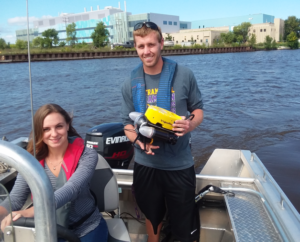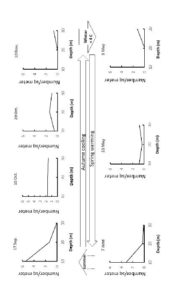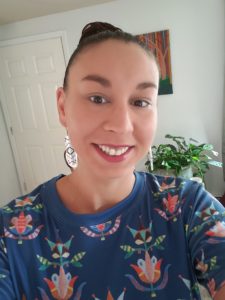Great Lakes Children’s Museum prepares to open to provide indoor activities for public
The Great Lakes Children’s Museum is reopening to the public on October 14 in Traverse City, MI after going through air and soil vapor testing. Staff is currently adding COVID-19 safety measures, including sanitizing stations. Read the full story by UpNorthLive.
Great Lakes Commission
https://www.glc.org/dailynews/20201006-great-lakes-museum


















